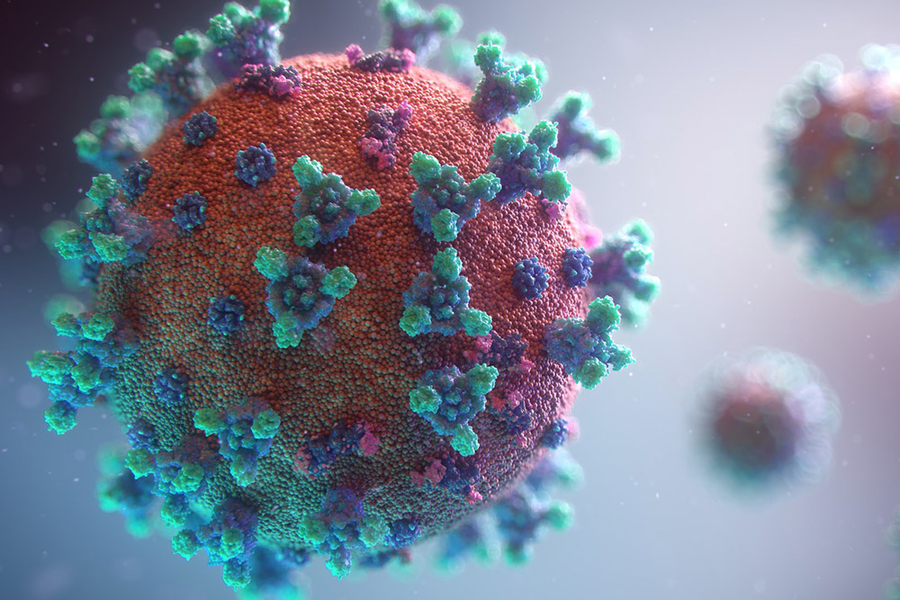SMART researchers develop a method for rapid, accurate virus detection
9. 7. 2021 | MIT | www.mit.edu
Researchers from Critical Analytics for Manufacturing Personalized-Medicine (CAMP), an interdisciplinary research group at the Singapore-MIT Alliance for Research and Technology (SMART), MIT’s research enterprise in Singapore, have developed a new method for rapid and accurate detection of viral nucleic acids — a breakthrough that can be easily adapted to detect different DNA/RNA targets in viruses like the coronavirus.
The pandemic has highlighted the importance of rapid diagnostics and improved methods to detect viruses, especially as the world seeks to be prepared for future pandemics or the next dangerous pathogen. Particularly, the biomanufacturing industry, with the unique challenges of using cells as cell therapy products, is looking for innovations in rapid methods to detect virus contamination as part of their quality control processes and in release testing. While the reverse transcription-quantitative polymerase chain reaction (RT-qPCR) is considered a gold standard for viral detection, there are limitations and they can often produce variable results.

A more accurate version is the digital PCR method that allows absolute quantification (meaning it reveals the copy number of viruses in a sample). However, digital PCR demands a relatively long reaction time of around four hours. Another drawback of all current PCR-based methods is that they need expensive equipment for precise temperature control and cycling. The new methodological development by CAMP — the RApid DIgital Crispr Approach (RADICA) — allows absolute quantification of viral nucleic acids in 40-60 minutes in an isothermal manner in a water bath, a prototypical and inexpensive laboratory equipment.
Read more at MIT
Image Credit: Singapore-MIT Alliance for Research and Technology
-jk-




